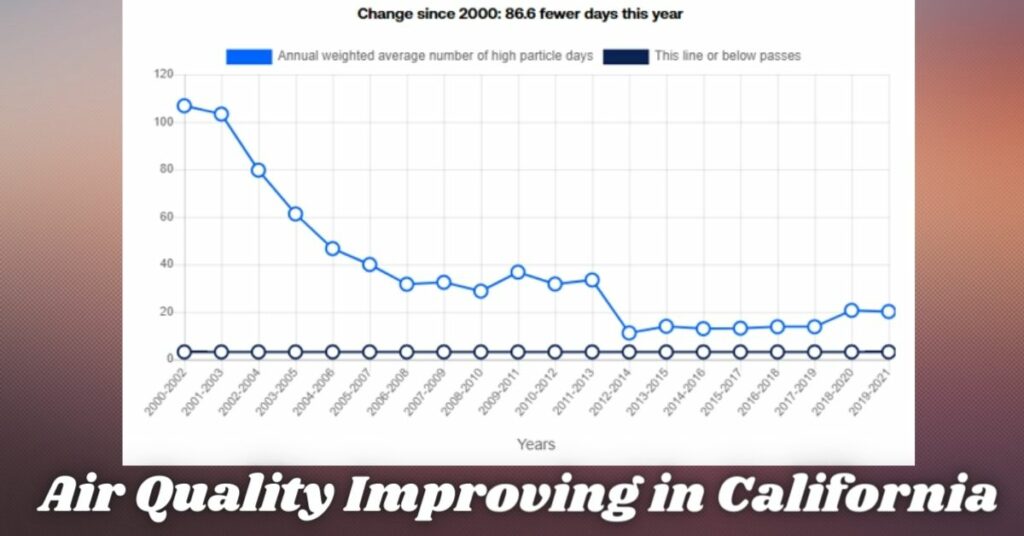The annual State of the Air study from the American Lung Association does not bode well for the Golden State. Cities in California ranked highest for ozone, year-round particulate matter (PM), and short-term particulate matter, all of which are mostly caused by human activities such as the use of automobiles, the production of industrial goods, and the refining of crude oil.
Forest fires and volcanic eruptions are two examples of natural causes. The Los Angeles–Long Beach metropolitan area once again topped the list of 227 studied metro areas for having the most days with elevated ozone levels. When it comes to both long-term and short-term particle pollution (also known as smog), Bakersfield ranked first.
Cities like Sacramento, Fresno, and Visalia regularly rank among the best in their respective lists. Official monitoring sites across the country provided the data needed to compile the rankings, which show that 119.6 million Americans, or roughly 36% of the population, live in areas that received failing grades.
However, it’s not all terrible news.“Overall, this is 17.6 million fewer people breathing unhealthy air compared to last year’s report,” the Lung Association said. “The improvement was seen in falling levels of ozone in many places around the country, the continuation of a positive trend that reflects the success of the Clean Air Act.”
If you want to know what’s been going on in the Golden State recently, keep reading:
- Pre-murder Interview With Suspect Who Had Alleged Affair With Ana Walshe
- American Airlines Mechanic Guilty of Stashing Cocaine Under Jet Cockpit
Since the year 2000, both the frequency and intensity of days with high particle counts have decreased in the Greater Los Angeles area. The number of days with high ozone levels has decreased as well, albeit not as dramatically. Cancer, heart disease, and respiratory illnesses have all been related to air pollution.
Then why do we see so many entries from the Golden State? Scientists blame global warming and several other geographical variables. “The impact of climate change in the West has meant higher temperatures, dry, sunny skies, and more frequent stagnation events that are contributing to the number of unhealthy ozone days being higher than it would otherwise be,” the study’s authors said. “Simply, climate change is undercutting the progress we would have made.”
The California Examiner is worth following on Twitter for up-to-date information.
